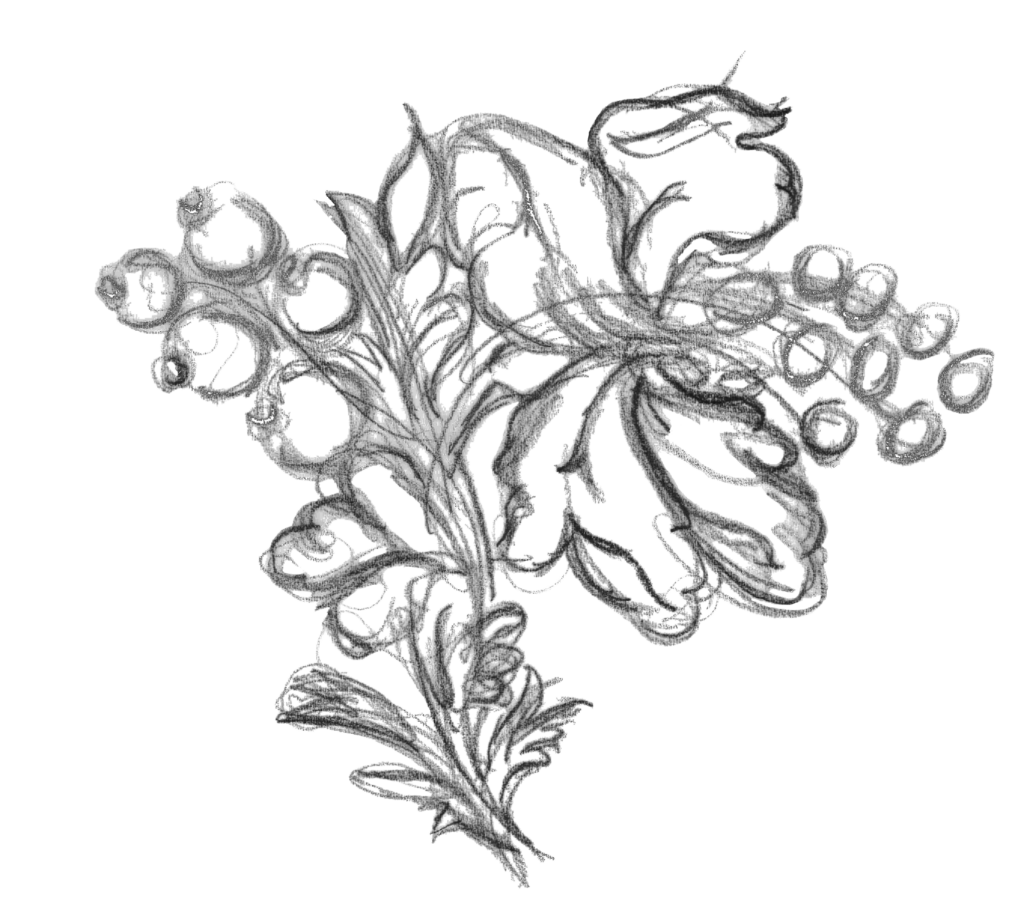Robert Adam at Sir John Soane’s Museum
In 1833, Sir John Soane became the proud owner of the 8,000 strong collection of Robert Adam drawings and documents sold by Adams niece upon his death. A fragment of the collection is currently on display at the Sir John Soanes Museum and it offers a true insight into the variety of workings Adam achieved in his life time.
Robert Adam was the second son of William Adam, and established architect in Edinburgh, born in 1728 in Scotland. Robert worked in a Neo Classical style and is responsible for much of London’s architecture today.
Robert Adam joined his father’s architectural office in 1745 where he worked on the Hanoverian Highland Forts to earn enough money to set off on his own ‘Grand Tour’ through France and Italy from 1754-1758. During this time he was able to establish good connections with Gentry whilst perfect his own style of work. Upon his return to Great Britain Adam set up office in London and was later joined by his brother James in 1763. Adam was best known for delicate interiors and bold undulating architecture. He was influenced by classical design but did not follow Roman architectural rules. Robert Adam is renowned for the work he did at Osterley Park, Kedleston Hall and Syon House, as well as Lansdowne house, London, to name but a few.

Left: Kedleston Hall, Derbyshire Right: Syon House, London
Kedleston Hall was built for Sir Nathaniel Curzon in 1765 to rival the nearby Chatsworth House. The Hall was never intended as a family home, rather to act as a canvas on which to showcase the finest paintings, sculpture and furniture. The East wing of the house was built as a private living space and the Curzon family still reside here today. The 18th Century precession of rooms designed by Adam were adorned in the highest quality fabrics and furnishings, of which some have been faithfully reproduced during a 30 year programme of restoration.
Although Robert Adam is best known for the large aristocratic houses, he also had the ability to make urban living stylish. He worked for a large range of people; male and female, royal and gentry, aristocrats, merchants and public bodies. Within the 8,000 strong collection of Adam’s drawings, 1,700 of the drawings are of designs for residential London alone.
One of the most striking drawings on display at the exhibition was that of the ‘Dundas Sofa’. Made by Chippendale but designed by Adam for the Dundas family of Arlington Street in 1764. In 1947 the suite was sold by the Marques of Zetland, a Dundas descendant, and is now on display at the Museum of Fine Arts, Houston. The sofa has recently been reupholstered using pure silk crimson damask woven by Humphries Weaving. More can be read about this Adam/Chippendale collaboration here.
The display of Adam’s workings gives an insight into the impact the Scottish architect had on urban London. There are endless designs of infamous London terrace housing designed with both style and practicality to fit into the ever shrinking plots of land in the growing capital.







